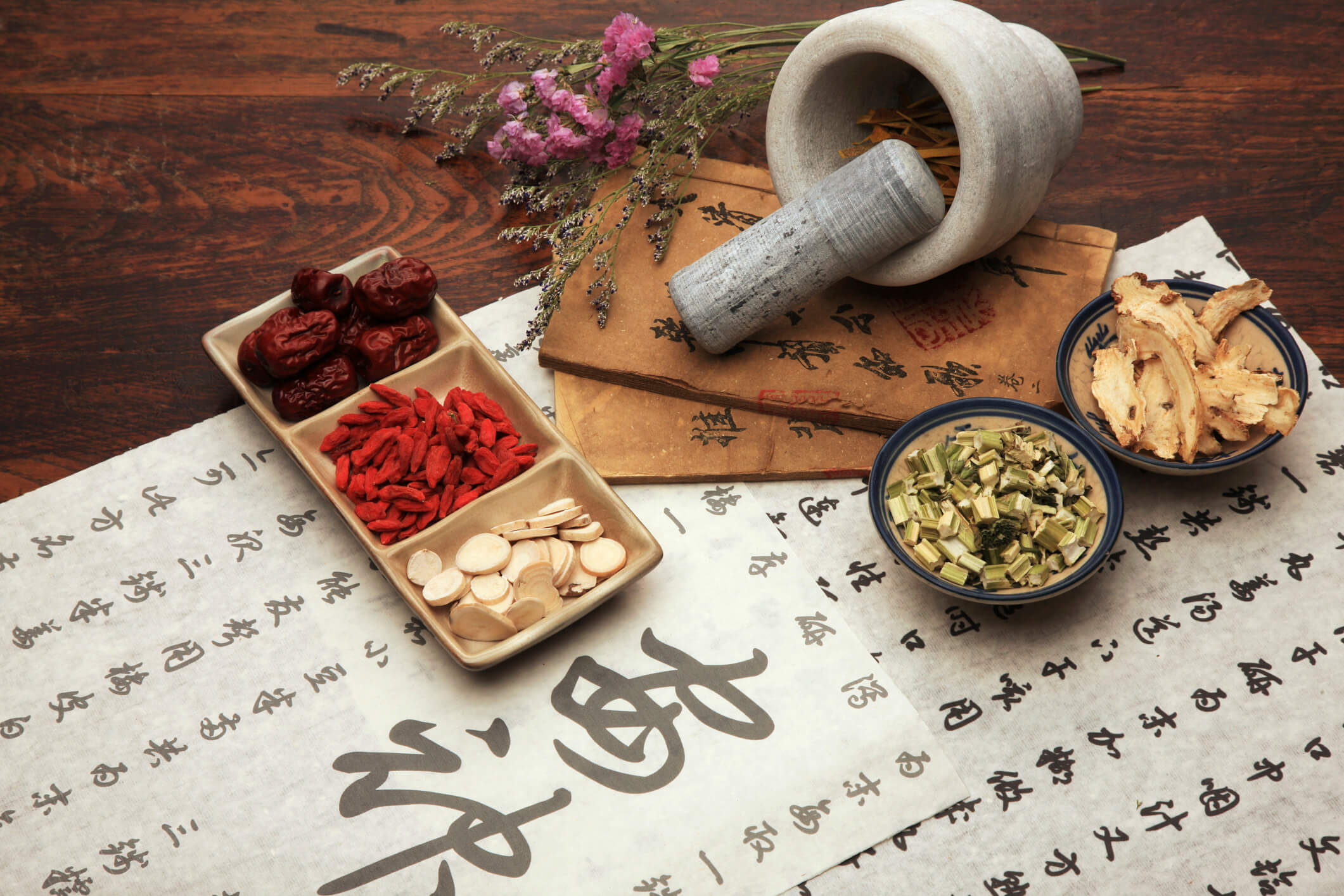Traditional Chinese Medicine
by Admin
Posted on 17-03-2025 07:02 PM

History of Traditional Chinese Medicine
The history of TCM is long and complex, with roots in ancient Chinese philosophy and culture. The earliest recorded evidence of TCM dates back to the Shang Dynasty, where archaeologists have discovered evidence of acupuncture and herbal medicine. Over time, TCM evolved and developed, with the addition of new techniques and therapies. The Chinese classic "Huangdi Neijing" (Yellow Emperor's Inner Canon), written around 100 BC, is considered one of the foundational texts of TCM. This text describes the principles of TCM, including the concept of qi and the importance of balance and harmony in the body.
Principles of Traditional Chinese Medicine
TCM is based on several key principles, including the concept of qi, the importance of balance and harmony, and the interconnectedness of the body and the environment. TCM practitioners believe that the body is composed of five elements: wood, fire, earth, metal, and water, which are associated with specific organs and systems. The flow of qi is influenced by the balance of these elements, as well as by external factors such as diet, lifestyle, and environmental conditions. TCM practitioners use a variety of diagnostic techniques, including pulse diagnosis and tongue diagnosis, to assess the balance of qi and identify areas of imbalance.
Diagnostic Techniques
TCM practitioners use a range of diagnostic techniques to assess the balance of qi and identify areas of imbalance. Pulse diagnosis involves feeling the pulse at specific points on the wrist to assess the flow of qi. Tongue diagnosis involves examining the tongue to assess the balance of qi and identify areas of imbalance. Other diagnostic techniques include observation, listening, and questioning, which involve observing the patient's physical appearance, listening to their symptoms and medical history, and asking questions to gather more information.
Therapies and Techniques
TCM encompasses a wide range of therapies and techniques, including acupuncture, herbal medicine, massage, and dietary therapy. Acupuncture involves the insertion of fine needles into specific points on the body to restore the balance of qi. Herbal medicine involves the use of plant-based remedies to promote health and well-being. Massage, or "tuina," involves the use of manual techniques to stimulate the flow of qi and promote relaxation. Dietary therapy involves the use of specific foods and dietary regimens to promote health and well-being.
Acupuncture
Acupuncture is one of the most well-known and widely used TCM therapies. It involves the insertion of fine needles into specific points on the body to restore the balance of qi. Acupuncture is used to treat a wide range of health conditions, including pain, digestive problems, and mental health conditions. The needles are typically left in place for 15-30 minutes, and the treatment is usually repeated several times over the course of several weeks or months.
Herbal Medicine
Herbal medicine is another key component of TCM. It involves the use of plant-based remedies to promote health and well-being. TCM practitioners use a wide range of herbs, including ginseng, licorice root, and ginger, to treat a variety of health conditions. Herbal medicine can be administered in a variety of forms, including teas, tinctures, and capsules.
Benefits and Risks
TCM has been shown to have a range of benefits, including reducing pain and inflammation, improving digestive health, and promoting relaxation and stress relief. However, TCM also carries some risks, including the potential for adverse reactions to herbal remedies and the risk of infection from acupuncture needles. It is essential to find a qualified and licensed TCM practitioner to minimize the risks and maximize the benefits of treatment.Get all the details you need by visiting https://acupunctureperspectives.com
Training and Certification
TCM practitioners undergo extensive training and certification to become qualified to practice. In China, TCM practitioners typically complete a four-year undergraduate degree in TCM, followed by a two-year master's degree. In the United States, TCM practitioners typically complete a master's degree in acupuncture and Oriental medicine, followed by certification from the National Certification Commission for Acupuncture and Oriental Medicine (NCCAOM).
Conclusion
Traditional Chinese Medicine is a complex and multifaceted system of healthcare that has been used for thousands of years to promote health and well-being. TCM is based on the concept of balance and harmony within the body, and it encompasses a wide range of therapies and techniques, including acupuncture, herbal medicine, massage, and dietary therapy. While TCM has been shown to have a range of benefits, it also carries some risks, and it is essential to find a qualified and licensed TCM practitioner to minimize the risks and maximize the benefits of treatment.
FAQs
What is Traditional Chinese Medicine?
Traditional Chinese Medicine is a system of healthcare that is based on the concept of balance and harmony within the body. It encompasses a wide range of therapies and techniques, including acupuncture, herbal medicine, massage, and dietary therapy.
How does acupuncture work?
Acupuncture involves the insertion of fine needles into specific points on the body to restore the balance of qi. The needles are typically left in place for 15-30 minutes, and the treatment is usually repeated several times over the course of several weeks or months.
What are the benefits of Traditional Chinese Medicine?
TCM has been shown to have a range of benefits, including reducing pain and inflammation, improving digestive health, and promoting relaxation and stress relief.
Can I use Traditional Chinese Medicine in conjunction with Western medicine?
Yes, TCM can be used in conjunction with Western medicine to promote health and well-being. However, it is essential to find a qualified and licensed TCM practitioner to minimize the risks and maximize the benefits of treatment.
How do I find a qualified Traditional Chinese Medicine practitioner?
To find a qualified TCM practitioner, look for someone who is certified by the National Certification Commission for Acupuncture and Oriental Medicine (NCCAOM) and has experience in treating your specific health condition.
